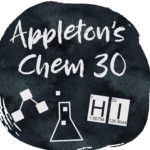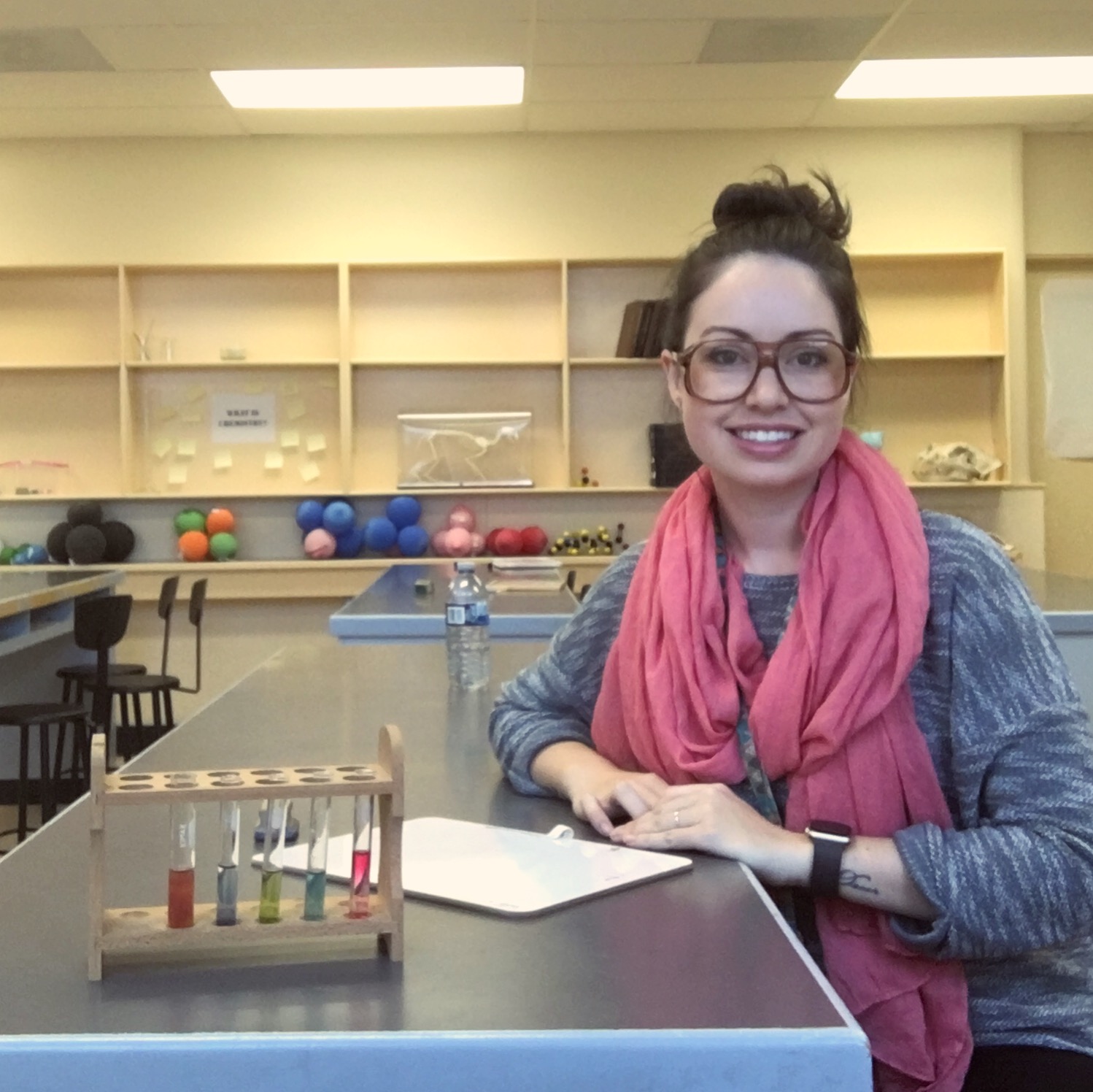
-
- Original meaning of the word plastic was “easily shaped and pliable”
- Now we think of the word plastic as a category of polymers made of long chains of molecules
- Today, synthetic polymers are made using mostly carbon atoms provided by fossil fuels
- Synthetic polymer chains are usually longer than the ones which are found in nature
- The long chains and patterns make polymers strong, lightweight, and flexible
- Before plastics were created materials such as tortoiseshell, horn, linen, ivory, and wood were used for different items in day to day life
- Expensive
- Began running out of these resources
- HYATT’S CELLULOID
-
-
- 1869 – $10 000 reward was offered for whoever could find a replacement for ivory
- John Wesley Hyatt created celluloid with treated cellulose derived from cotton fiber, and camphor
- Celluloid was easily moldable but lacked the bounce and resilience of ivory
- It was highly volatile
- It was inexpensive and sparked the plastic revolution, showed we are not constrained by nature
-
- BAEKELAND’S BAKELITE
-
- Leo Baekeland invented Bakelite
- First completely synthetic plastic, contained no natural molecules
- Baekeland was trying to find a replacement for shellac, a natural electrical insulator made of the excretions of the female lac beetle
- It took 15000 beetles 6 months to produce one pound of shellac
- Bakelite was a combination of formaldehyde and phenol
- It was durable, heat resistant, and well suited for mass production
- Plastic was inexpensive and greatly expanded the goods consumption of the middle class
- 1920s AND 1930s
-
-
- New materials were coming from labs around the world
- Cellulose acetate was created, which was semisynthetic because plant cellulose was a base ingredient, it was adaptable like celluloid but not flammable
- Polystyrene was created and could be puffed with air, it was later trademarked as Styrofoam
-
- WWII
-
-
- Plastic industry expanded greatly, people wanted to preserve scarce resources
- Nylon was created in 1935 by Wallace Carothers to replace silk to be used for parachutes, ropes, body armor, helmet liners, and much more
- Plexiglass was created to be an alternative to the glass used in aircraft windows.
-
- TODAY
-
-
- Most of our plastics are made of hydrocarbon molecules derived in the refinement of oil and gas
- Ethylene is a gas released in the processing of both oil and gas, and consists of four hydrogen atoms and two carbon atoms bonded together, the carbon atoms release a bond and are able to connect to a carbon atom of another ethylene molecule, this is repeated thousands and thousands of times creating the polymer polyethylene.
- Polyethylene is one of the most common and versatile plastics. It is strong, moisture-proof and has become extremely integral in packaging. It can be made into a vast number of things.
-
- ENVIRONMENTAL & HEALTH IMPACT
-
-
- In the beginning, people believed plastics were inexpensive, safe and sanitary substitutes for natural resources like the ivory that Hyatt was working to replace
- 1960s – People began observing mass debris of plastic forming in the ocean
- The pollution became worse and worse and the concerns about plastic waste increased in the 1970s and 1980s
- The problem with traditional plastics is that they last forever in the environment
- During these years people began to see the need for recycling, and an urge for the collection and processing of recyclable materials as part of waste-management programs was pushed.
- It helped, but there was still so much pollution being caused.
-
- RECYCLABILITY
-
-
- Bakelite was a thermoset plastic
- Its polymer chains are hooked together through heat and pressure applied when it is molded, once they are linked they cannot be unlinked
- Thermoset plastics can be broken but they cannot be melted down to create something new
- Polystyrene, nylon, and polyethylene are thermoplastics
- Their polymer chains are formed through chemical reactions taking place before they are molded
- They have bonds which are looser than those of a thermoset plastic, so they respond to the temperature
- Thermoplastics melt at high temperatures, solidify when they are cooled, and can freeze if they are cold enough
- A great aspect of thermoplastics is that they can be molded and remolded over and over, they obviously quickly overtook thermoset plastics and now make up about 90% of all plastics produced
-
- BPA
- People discovered that additives such as BPA are added during the manufacturing process to make plastic more flexible, durable, and transparent, but could be harmful to human health
- There are concerns that these chemicals leach out into food. Water, and our bodies and can disrupt the hormonal system in large doses
- Now when purchasing items you often see “BPA free” on the label, as plastics have been created without the harmful chemical
-
- Scientists are trying to make plastics more sustainable, and safer
- Some are working to make completely biodegradable plastics, some are looking to make recycling more efficient, while others are even working to create a process to convert plastics back into their original fossil fuels
- Scientists are trying to make plastics more sustainable, and safer
- BIOPLASTICS
-
- Bioplastics are made of plant crops rather than fossil fuels, which is much more environmentally friendly
- Bioplastics are made from renewable biomass sources (living or recently living and renewable bio-organisms), derived from vegetable fats and oils, corn starch, and microbiota
- Bioplastics do not require fossil fuels, and emit only a fraction of what common plastics emit
- The most common bioplastics is polylactic acid, or PLA and is a biodegradable thermoplastic aliphatic polyester
- Made from corn kernels that are processed and milled to extract dextrose from the starch
- The dextrose is fermented into lactic acid which is then converted into lactide in a chemical plant
- It is polymerized to create the long-chain molecules of PLA
- Bioplastics are incredibly important in reducing greenhouse gas emissions and fossil fuel consumption, but have problems of their own
- They are biodegradable, but produce methane when decomposing in landfills
- Due to the use of corn and maize, land may begin to be used to grow plastic instead of food
- Taking more agricultural land out of food production could greatly increase food prices, and of course there are the regular pollutants that occur in agriculture as well
- PLA cannot be recycled, it looks a lot like polyethylene, which is recyclable, if the two are mixed together in a recycling bin it becomes impossible to recycle, so people are concerned that PLA may ruin current recycling efforts
Citations
Bioplastic. (2017, October 26). Retrieved Sept. & oct., 2017, from https://en.wikipedia.org/wiki/Bioplastic
Bioplastics and biodegradable plastics – How do they work? (2017, June 11). Retrieved Sept. & oct., 2017, from http://www.explainthatstuff.com/bioplastics.html
Freinkel, S. (2011, May 29). A Brief History of Plastic’s Conquest of the World. Retrieved Sept. & oct., 2017, from http://www.scientificamerican.com/article/a-brief-history-of-plastic-world-conquest/
Heimbuch, J. (2017, September 12). How Corn Plastics Are Made, And Why We Still Aren’t Thrilled. Retrieved Sept. & oct., 2017, from https://www.treehugger.com/clean-technology/how-corn-plastics-are-made-and-why-we-still-arent-thrilled.html
The History and Future of Plastics. (2016, December 20). Retrieved Sept. & oct., 2017, from https://www.chemheritage.org/the-history-and-future-of-plastics
Plastics, W. B. (2017, October 05). What are Bioplastics? Retrieved October, 2017, from https://www.plasticsmakeitpossible.com/about-plastics/types-of-plastics/what-are-bioplastics

